Navigating the dilemma of Belt and Road Initiatives
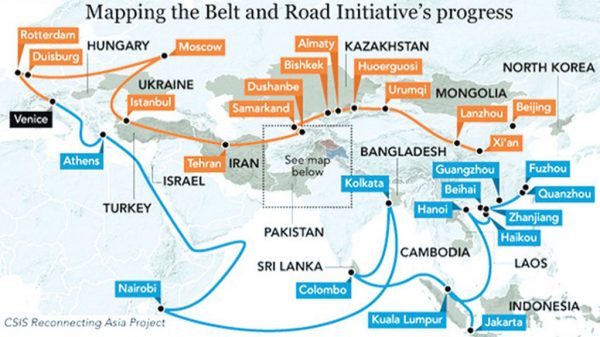
Mohammad Kamrul Hasan :
THE Belt and Road Initiative, BRI, stands as one of China’s most ambitious global projects, designed to enhance international trade and investment through improved infrastructure and connectivity. Strategically situated at the intersection of South and Southeast Asia, Bangladesh is poised to play a significant role in the BRI.
Launched in 2013, the Belt and Road Initiative is a comprehensive global development strategy by China that aims to foster connectivity and collaboration among nations across Asia, Europe, Africa, and beyond. It seeks to revitalise the historic Silk Road trade routes through extensive infrastructure projects, which include the development of roads, railways, ports and energy pipelines. Additionally, the initiative encompasses the ‘21st Century Maritime Silk Road,’ which emphasises maritime routes.
As a developing country, Bangladesh is in need of significant infrastructure advancements to support its economic growth, and the BRI offers a vital opportunity to address these requirements. The most immediate advantage for Bangladesh from the BRI is the access to funding and expertise necessary for infrastructure development. Major projects such as the ‘Padma Bridge Rail Link’ and the ‘Karnaphuli Tunnel’ exemplify the potential for substantial economic transformation. These initiatives are expected to enhance domestic connectivity by linking essential economic zones, lowering transportation expenses, and increasing access to rural regions.
The implications for trade and logistics are significant, ultimately leading to heightened economic activity. Moreover, the development of the ‘Chittagong Port’ and the establishment of the ‘Payra Deep Sea Port’ as part of the Belt and Road Initiative are anticipated to enhance Bangladesh’s maritime trade capabilities, positioning it as a central hub for regional trade in South Asia and beyond. In addition, the ‘Bangladesh-China-India-Myanmar (BCIM) Economic Corridor’ presents additional economic opportunities by incorporating Bangladesh into a wider regional supply chain. This corridor has the potential to open new markets for Bangladesh and strengthen its trade ties, particularly with China and Southeast Asia. The opportunity to increase exports, particularly in high-growth industries such as ‘textiles, pharmaceuticals, and shipbuilding,’ would significantly contribute to the diversification of Bangladesh’s economy. Importantly, BRI-related ‘Chinese investments’ in special economic zones in Bangladesh could catalyse industrial development. By attracting Chinese manufacturers and investors, Bangladesh stands to gain from ‘technology transfers,’ job creation, and improved productivity. The shift of labour-intensive industries to Bangladesh, prompted by rising costs in China, could further solidify the country’s role as a vital manufacturing centre.
Nevertheless, these economic advantages come with inherent risks. The surge of Chinese investment may result in a greater dependence on Chinese financing and expertise, which could potentially weaken Bangladesh’s domestic industrial capabilities. In the absence of meticulous planning, Bangladesh risks becoming reliant on Chinese enterprises for vital sectors of its economy, which could hinder its potential for autonomous growth. Moreover, a major concern for Bangladesh regarding the Belt and Road Initiative is the challenge of ‘debt sustainability.’ The BRI typically entails substantial infrastructure projects funded by loans from Chinese financial institutions. Although these loans are essential for advancing Bangladesh’s infrastructure, they may also result in considerable external debt liabilities. The situation in Sri Lanka serves as a warning for Bangladesh. Currently, Bangladesh’s debt-to-GDP ratio is manageable; however, the swift increase in external debt, especially from Chinese lenders, could pose fiscal risks. Should these infrastructure initiatives fail to yield the anticipated economic benefits, Bangladesh might find itself ensnared in a ‘debt trap,’ thereby restricting its financial independence.
Moreover, it is crucial for Bangladesh to consider the geopolitical dynamics at play. Its involvement in the BRI places it within a complicated geopolitical framework, particularly in relation to its ties with China, India, and the United States. While there are economic advantages to engaging with China, Bangladesh must carefully navigate the ‘geopolitical sensitivities’ associated with the initiative. India, a significant regional actor and a longstanding ally of Bangladesh, has voiced strong objections to the BRI, viewing it as a mechanism for ‘Chinese strategic dominance’ in South Asia. India is particularly concerned about China’s expanding influence in the Indian Ocean, where BRI-related infrastructure projects — such as ports and energy installations — could potentially serve dual military purposes.
For Bangladesh, a close alignment with China poses the risk of straining its relationship with India, which is a vital trade partner and strategic neighbour. Furthermore, the Belt and Road Initiative situates Bangladesh within the larger framework of the US-China rivalry. The United States has expressed criticism of the BRI, characterising it as a mechanism of Chinese economic coercion and voicing concerns regarding potential debt traps and political influence. As Bangladesh deepens its economic connections with China, it may encounter pressure from the United States to reassess its involvement in the BRI. Another significant concern associated with the BRI is the potential compromise of national sovereignty. With China’s increasing engagement in Bangladesh’s economy and infrastructure, there are rising apprehensions that Chinese influence could extend into political decision-making, particularly in matters of foreign policy and strategic alignment.
Moreover, there exists the risk that projects linked to the BRI could result in a loss of control over essential national assets, as evidenced by the situation in Sri Lanka. Should Bangladesh face challenges in repaying its BRI-related loans, it might be compelled to make concessions that undermine its sovereignty, such as granting long-term leases on critical infrastructure or prioritising Chinese interests in domestic policy formulation. Although the Belt and Road Initiative offers considerable economic prospects for Bangladesh, it is imperative to thoroughly assess the environmental and social ramifications associated with large-scale infrastructure endeavours. Numerous BRI initiatives, especially within the energy sector, have been scrutinised for their ecological impacts. A notable example is the establishment of coal-fired power plants under the BRI framework.
To achieve a balance between the advantages and risks associated with the BRI, Bangladesh must adopt a strategic approach. It is essential for Bangladesh to maintain a ‘delicate balance’ between enhancing economic relations with China and preserving its ties with India to promote regional stability. Besides, managing the tensions between the United States and China will necessitate a ‘non-aligned approach,’ allowing Bangladesh to benefit from the BRI while avoiding entanglement in the politics of major powers.
Additionally, to protect its sovereignty, Bangladesh should ensure that its participation in the BRI is characterised by transparency and governed by well-defined legal frameworks that prioritise national interests. This includes negotiating favourable conditions for infrastructure projects, retaining control over critical assets, and preventing Chinese investments from unduly influencing national policy decisions. Moreover, Bangladesh should pursue diversification in its foreign investment sources, thereby decreasing its dependence on Chinese loans by attracting funding from other nations and multilateral organisations. Such diversification would enhance Bangladesh’s negotiating power with China. In addition, to promote sustainable development in the long term, it is essential for the government to implement stringent environmental regulations for all infrastructure initiatives. It is crucial for Bangladesh to thoroughly evaluate the economic feasibility of each Belt and Road Initiative project prior to engaging in substantial borrowing. Projects lacking evident economic advantages or those that pose significant environmental or social challenges should be re-evaluated.
The Belt and Road Initiative presents Bangladesh with a vital opportunity to expedite its economic progress. This initiative has the capacity to fill the existing infrastructure voids, improve trade partnerships, and draw foreign investment, thereby positioning the nation for sustained growth. Nevertheless, these advantages are accompanied by considerable risks, particularly concerning debt sustainability, national sovereignty and geopolitical dynamics. For Bangladesh to effectively leverage the benefits of the BRI, it is imperative to adopt a cautious and strategic approach, ensuring a balance between economic benefits and the imperative to safeguard fiscal health, political independence and environmental integrity.
Dr Mohammad Kamrul Hasan is a public administration and transboundary crisis management researcher.



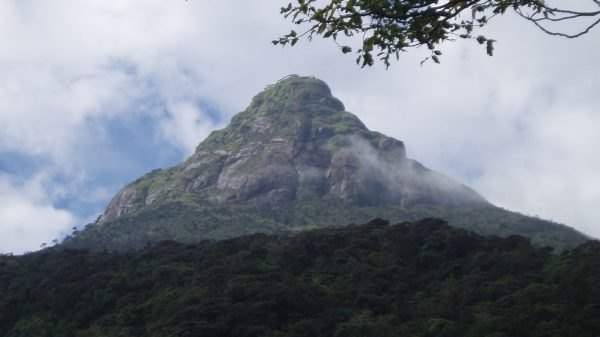





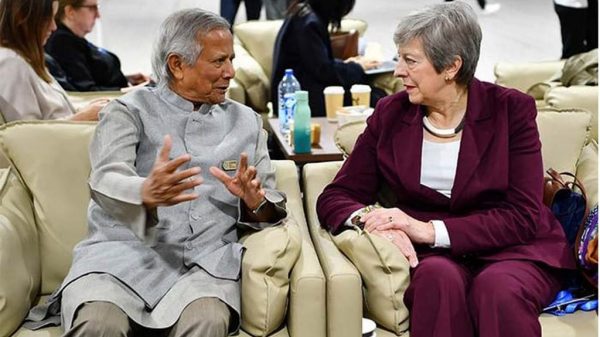

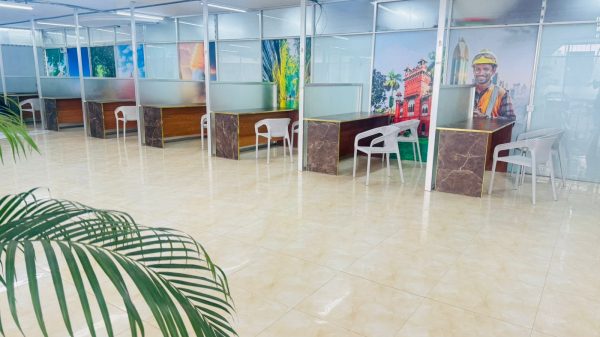
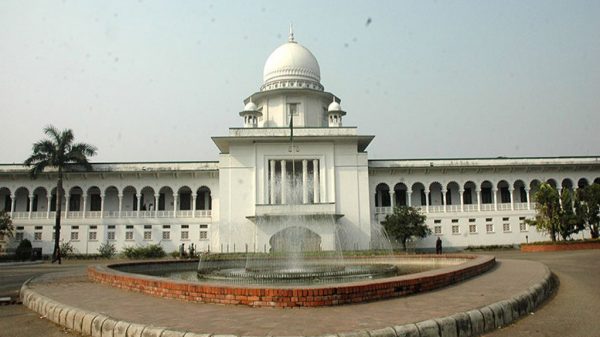



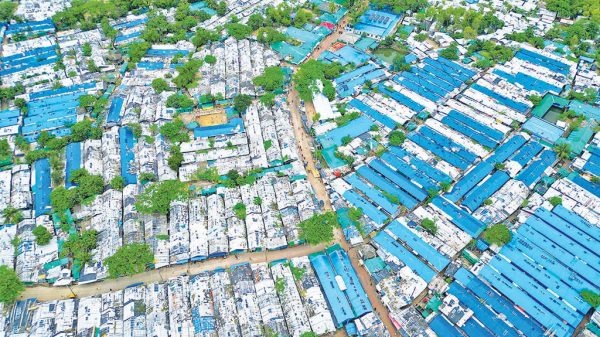

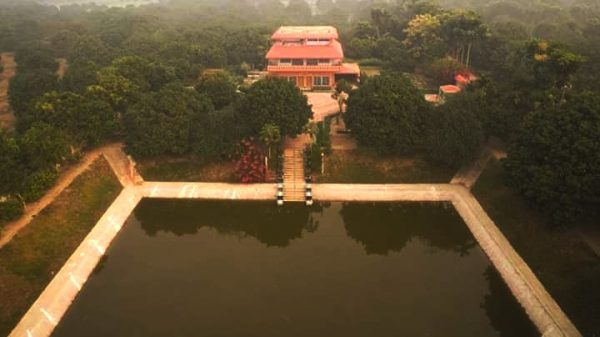




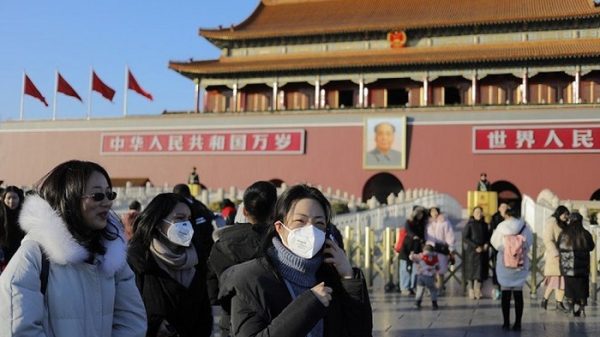





Leave a Reply